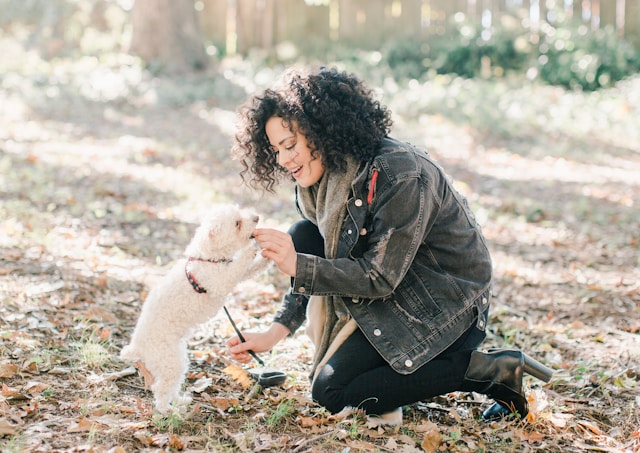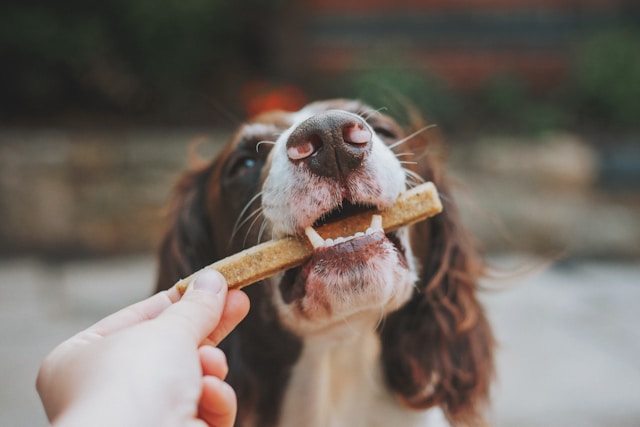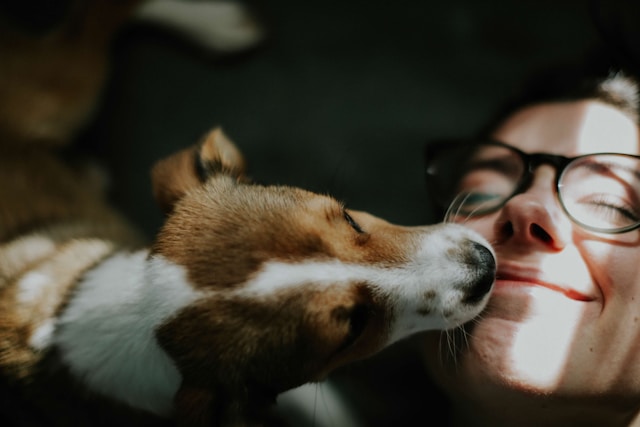Affection is often seen as a simple act of love between humans and dogs—cuddles on the couch, belly rubs after a walk, kisses on the nose. But affection is so much more than just love. It’s a form of communication, reinforcement, and emotional feedback that shapes your dog’s behavior, sometimes in ways you may not even realize.
In dog training and behavior, when and why we give affection is just as important as how much we give.

Dogs are always observing us. The way we touch them, look at them, and speak to them sends constant signals. In this sense, affection acts as a marker—a form of feedback that tells your dog, “Yes, I like what you’re doing right now.”
Just like we use food, toys, or praise to reinforce behaviors, physical affection is a powerful reinforcer. If you give your dog pats, cuddles, or verbal softness when they’re doing a particular behavior, they are more likely to repeat that behavior again. This is great if the behavior is something you want more of—but not so helpful if your dog is anxious, barking, whining, or acting out.

Affection can strengthen good behaviors, but it can also accidentally reward unwanted ones. Here are some examples:
A dog that whines at the door gets picked up and cuddled. Over time, they learn: “Whining gets attention.”
A fearful dog hides behind their owner and gets stroked and soothed. They may start to associate their fear with reward, making the fear more persistent.
A dog that jumps up in excitement gets laughed at and touched. That behavior now has value—“Jumping gets affection.”
Dogs aren’t being manipulative—they’re just smart learners. They do what works. So if affection comes at the wrong moment, we’re unintentionally teaching them to stay in that emotional or behavioral state.
Affection is most powerful when it reinforces behaviors you want to see more of.
Here are ideal times to offer it:

It’s not about being cold or harsh—it’s about being intentional. If your dog is in an unbalanced or unproductive state, affection might do more harm than good.
Avoid giving affection:
Affection is a beautiful way to bond with your dog. It helps meet their social needs, creates emotional safety, and deepens trust. But it should be part of a bigger picture of communication that includes structure, boundaries, clear expectations, and consistent feedback.
Here’s a simple practice to help guide your affection use:
Ask yourself: “What is my dog doing right now?”
If it’s a behavior you want more of—go ahead and show them some love.
If it’s a behavior you’d like to reduce—pause, redirect, or wait until they offer a better choice.

Affection isn’t just about love—it’s about timing, clarity, and communication. When given at the right moments, affection becomes one of the strongest tools you have to build a confident, happy, well-behaved dog.
So go ahead—shower your dog with love. Just make sure it’s thoughtful, well-timed, and part of a balanced lifestyle that supports their learning and emotional health.